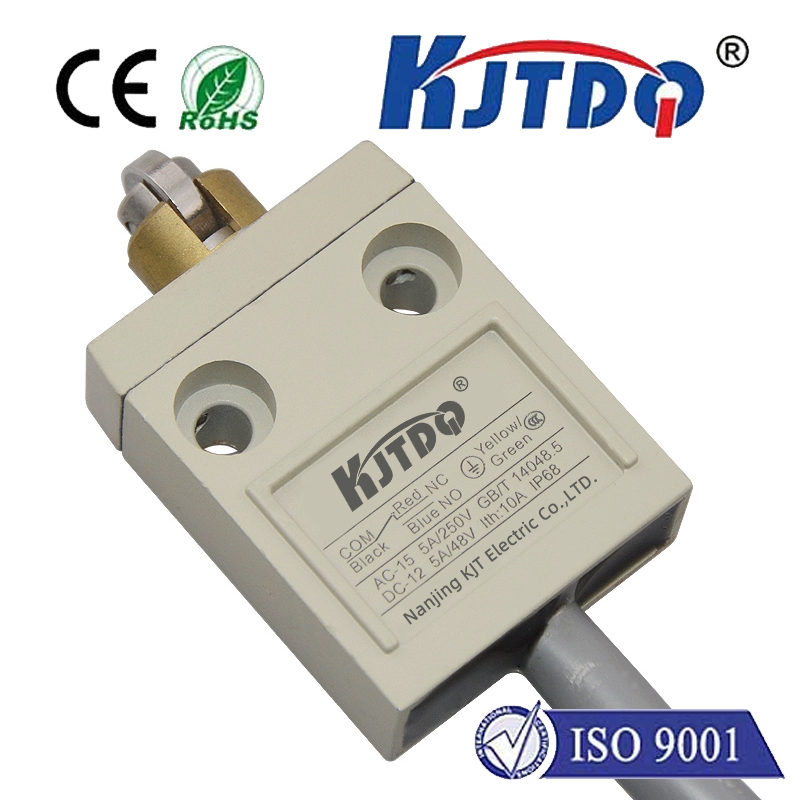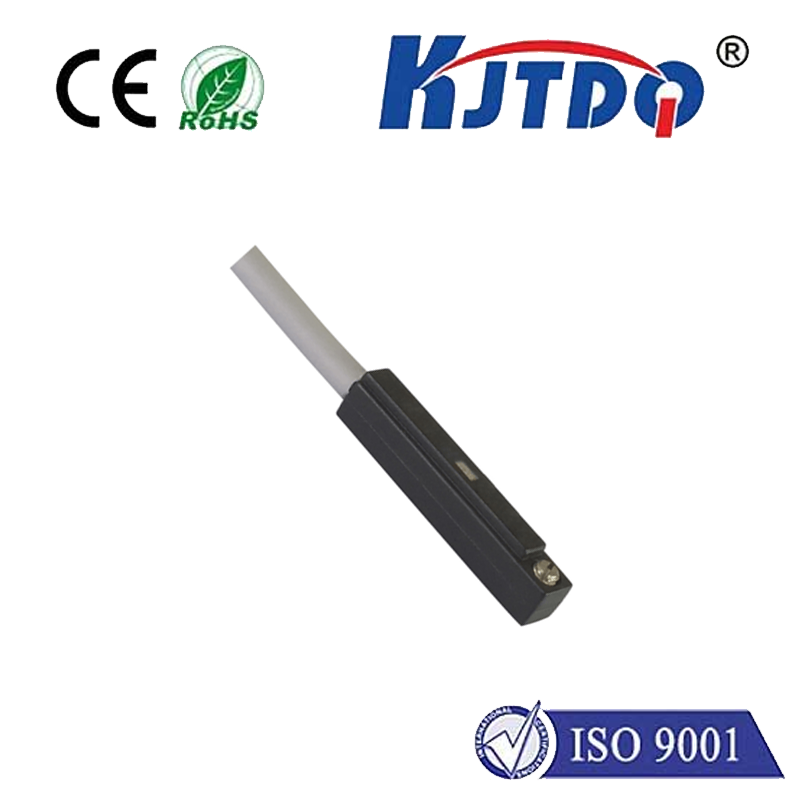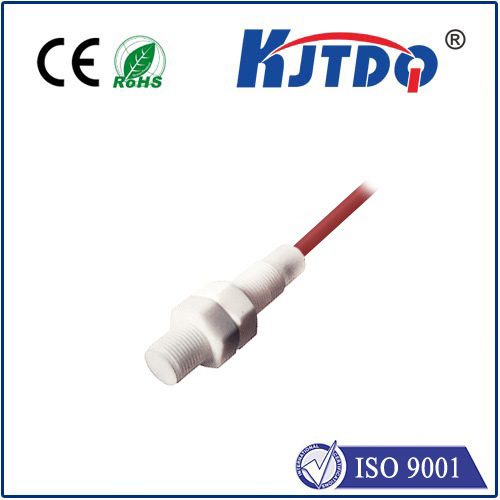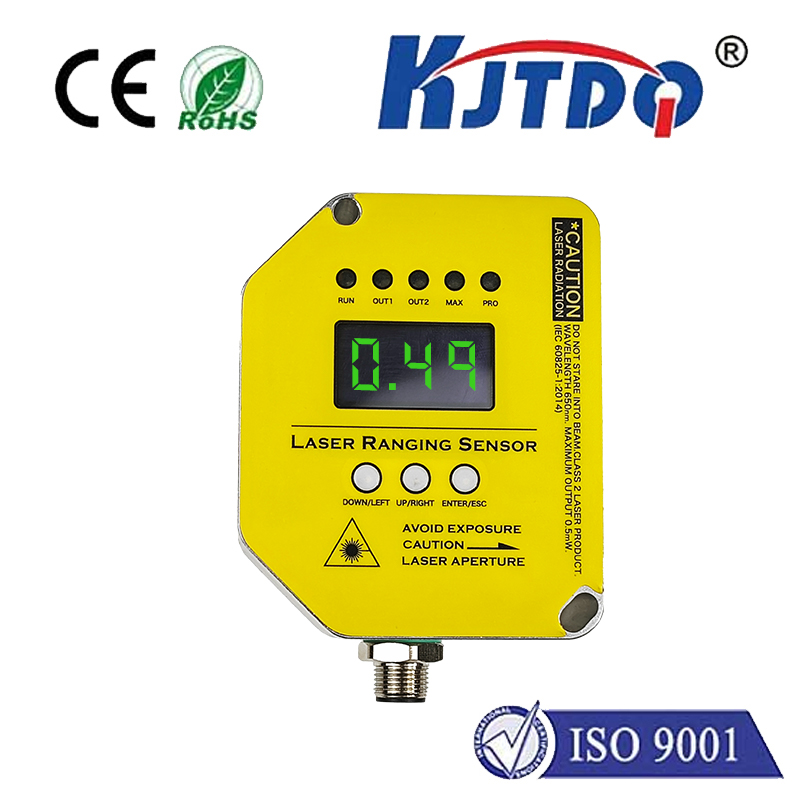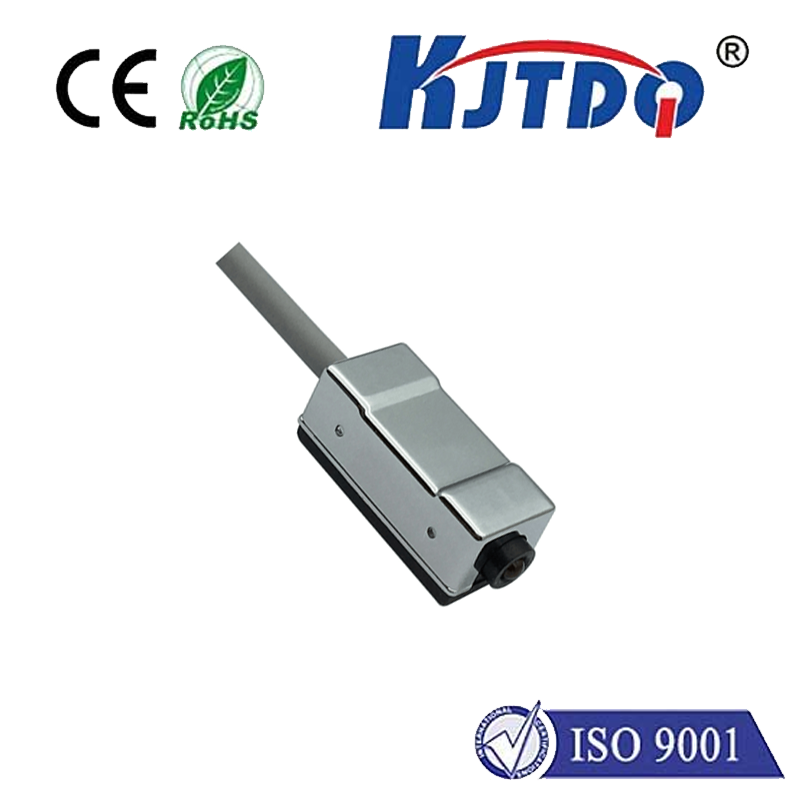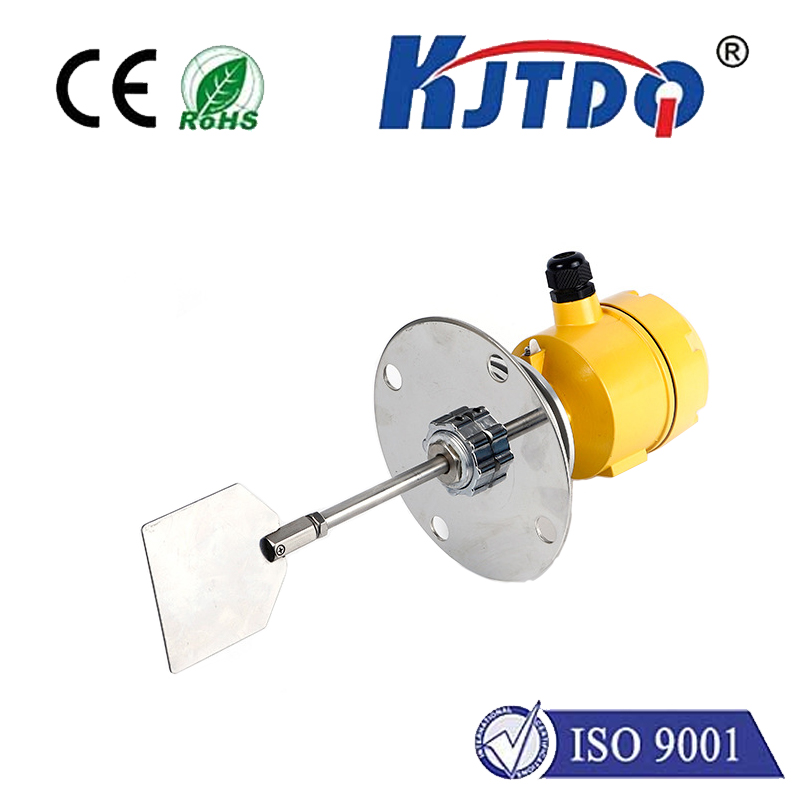gtric proximity sensor
- time:2025-09-09 00:05:54
- Click:0
GTric Proximity Sensor: Empowering Smarter, Safer, and More Efficient Sensing
Introduction: The Unseen Guardian of Modern Operations
Imagine a world where factory machines halt instantly before a hand enters a danger zone, smartphone screens wake seamlessly as you reach for them, and autonomous vehicles navigate complex environments with uncanny precision. This isn’t science fiction; it’s the everyday reality powered by an often invisible but crucial technology: the proximity sensor. Among the innovators in this field, GTric Proximity Sensors stand out for their reliability and adaptability, becoming fundamental components in countless applications demanding precise, non-contact detection. Understanding how these sensors work and their capabilities unlocks their potential to revolutionize efficiency and safety across diverse industries.
The Core Principle: Seeing Without Touching
At its heart, a proximity sensor detects the presence or absence of an object within a specific range without requiring physical contact. GTric sensors primarily leverage inductive, capacitive, or photoelectric sensing technologies, each suited to different materials and environments:
- Inductive Proximity Sensors: These workhorses are designed specifically for detecting metallic targets. They generate an electromagnetic field. When a metal object enters this field, it induces eddy currents within the metal, altering the field’s properties. The sensor detects this change, triggering its output. GTric inductive sensors are renowned for their robustness, long service life, and immunity to environmental contaminants like dust, oil, and water, making them ideal for demanding factory automation – think detecting metal parts on a conveyor belt, verifying positions on machine tools, or counting metal cans.
- Capacitive Proximity Sensors: These sensors detect both metallic and non-metallic objects (liquids, plastics, wood, powders) by sensing changes in capacitance. The sensor face acts as one plate of a capacitor, and the target (or the background) acts as the other. As an object enters the sensing field, it alters the dielectric constant, changing the capacitance. This change is detected. GTric capacitive sensors excel in applications like level detection in tanks (liquids or granular materials), detecting fill levels of non-metallic containers, and even touch-sensitive controls through thin barriers.
- Photoelectric Proximity Sensors: Utilizing light beams (usually infrared or laser), these sensors detect the presence, absence, or distance of objects by either reflecting light directly off the target back to a receiver in the same housing (diffuse reflective) or by detecting the interruption of a beam traveling between a separate emitter and receiver (through-beam). GTric offers sophisticated photoelectric sensors capable of long-range detection, color differentiation, and background suppression. They are vital for presence detection on fast-moving conveyors (any material), object counting, edge guiding in web processes, and complex packaging lines.
Why GTric? The Hallmarks of Performance

Choosing a proximity sensor involves critical considerations. GTric Proximity Sensors consistently deliver on key performance parameters that translate to operational excellence:
- Unmatched Reliability & Robustness: Built to endure challenging industrial environments – extreme temperatures, heavy vibration, washdown conditions, and exposure to dust, oils, and chemicals. This reliability minimizes costly downtime due to sensor failure.
- Exceptional Sensing Range & Precision: Offering precise detection ranges tailored to specific models, ensuring accurate triggering at the exact required distance. Accurate positioning is paramount in automation, robotics, and quality control.
- Compact Form Factors: Available in diverse shapes and sizes (tubular, rectangular, wafer) to fit seamlessly into space-constrained applications without compromising performance. The compact design enhances installation flexibility.
- Advanced Output Options & Connectivity: Providing versatile output configurations (NPN/PNP transistor, NO/NC contacts, analog) and interfaces (M8/M12 connectors) for easy integration into various control systems, including PLCs and microcontrollers. Seamless integration speeds deployment.
- Environmental Protection: High IP (Ingress Protection) ratings (like IP67 and IP69K) ensure dependable operation even under harsh conditions involving liquids or dust. Environmental resilience is a core GTric strength.
Transformative Applications Across Industries
The versatility of GTric Proximity Sensors drives innovation and efficiency across a vast spectrum of sectors:
- Industrial Automation & Manufacturing: The cornerstone application. Used for object detection, precision positioning of robotic arms and machine components, end-of-travel monitoring, conveyor jam detection, part counting, and verifying assembly steps. Minimizing errors and maximizing uptime.
- Automotive Manufacturing & Assembly: Ensuring safety on robotic welding lines, verifying door/window closure, detecting vehicle position on assembly lines, and controlling paint application robots. Safety and precision are non-negotiable here.
- Packaging & Material Handling: Detecting carton presence for filling/capping, controlling label applicators, verifying case sealing, monitoring conveyor speed, and detecting jams in bottling plants. Optimizing throughput and reducing waste.
- Building Automation & Access Control: Automating lighting, detecting door positions, enabling touchless faucets and flushers, and securing access points via presence detection. Enhancing convenience and energy efficiency in modern buildings.
- Consumer Electronics: Integral to smartphones (screen on/off, avoiding accidental touches), laptops (sleep/wake detection), tablets, and household appliances. Providing the intuitive user experience consumers expect.
- Agriculture & Food Processing: Monitoring levels in silos (capacitive), detecting product presence on sorting lines, ensuring packaging integrity, and verifying fill levels in hygienic environments requiring washdown-rated sensors. Meeting stringent hygiene and operational demands.
- Robotics & AGVs (Automated Guided Vehicles): Providing essential feedback for navigation (obstacle detection, docking), end-effector positioning (gripper closed/open confirmation), and safety perimeters. Enabling intelligent autonomous movement.
Beyond Detection: The Value Proposition
Implementing GTric Proximity Sensors delivers tangible benefits that impact the bottom line:
- Enhanced Safety: Preventing accidents by detecting personnel or objects entering hazardous areas and stopping machinery instantly. Safety systems built on reliable sensing save lives.
- Increased Efficiency & Productivity: Automating manual checks, minimizing process errors, ensuring consistent operation, and enabling faster cycle times. Boosting throughput is key to competitiveness.
- Reduced Downtime & Maintenance Costs: Robust construction and reliable operation mean fewer failures and less need for replacements or unscheduled maintenance. Lowering total cost of ownership.
- Improved Product Quality: Ensuring parts are present and correctly positioned during assembly and processing, preventing defects. Consistent quality builds brand reputation.
- Energy Savings: Automatically controlling lighting or motors only when needed based on presence detection. Contribution to sustainability goals.
The Road Ahead: Smarter Sensing
The field of proximity sensing is continuously evolving. While current GTric sensors offer outstanding performance, the future points towards integration with IoT connectivity for remote monitoring and predictive maintenance, enhanced smart sensing capabilities for target identification beyond simple presence, and even smaller, more powerful designs. Continuous innovation ensures GTric sensors remain at the forefront of enabling smarter machines and processes.
Conclusion
GTric Proximity Sensors, with their robust engineering, precise detection capabilities, and application-specific designs, are far more than simple switches. They are the intelligent eyes of countless systems, enabling automation, ensuring safety, optimizing processes, and driving efficiency across the modern industrial and technological landscape. By providing reliable, non-contact detection across diverse materials and challenging conditions, these sensors form an indispensable foundation for building the smarter, more responsive applications of today and tomorrow. Choosing the right GTric proximity sensor is an investment in operational excellence.







